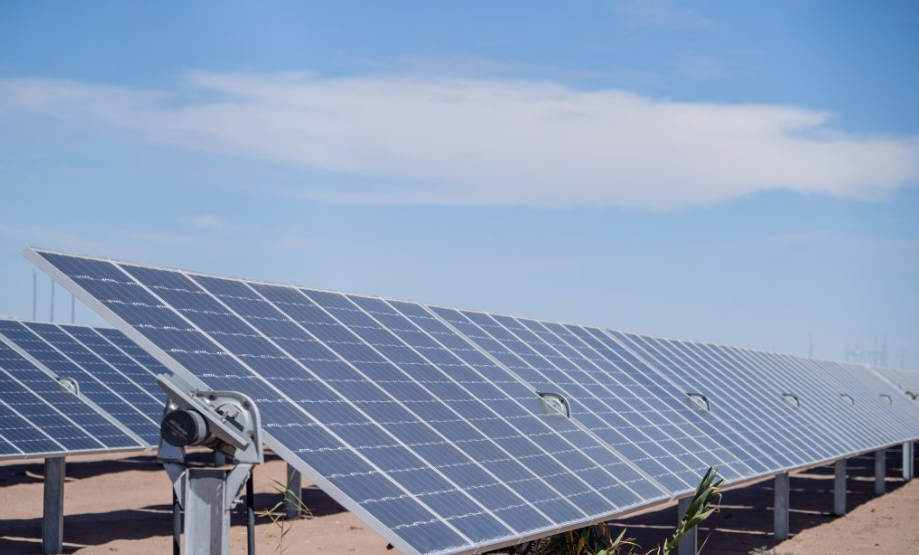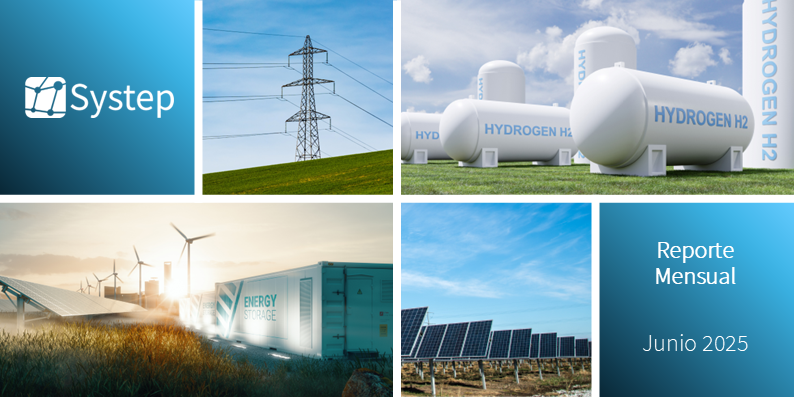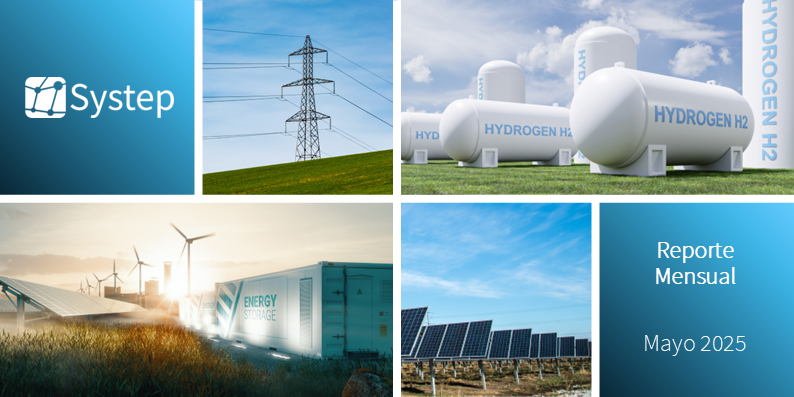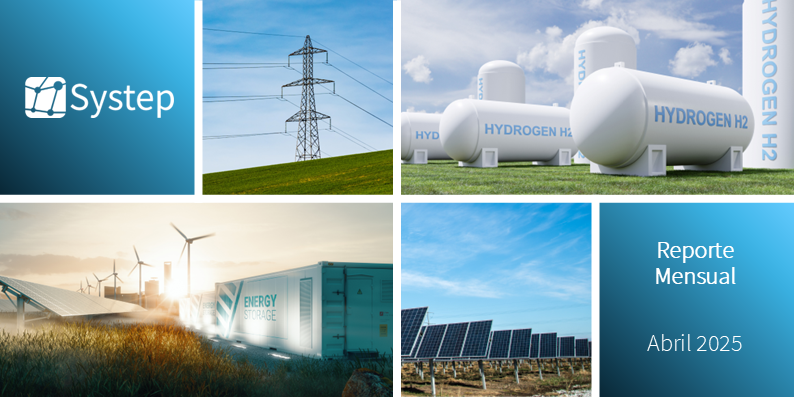
However, the figure reached 78 GWh in April, representing a drop of 46% compared to last March.
Systep’s May report published highlights that the Non-Conventional Renewable Energy discharge recorded its lowest figure in all of 2022, although the year-on-year metric reached 1,220% in April.
The report indicates that “the largest NCRE source corresponds to the solar contribution which represents 55% (1,271 GWh) followed by the wind contribution with 32% (738 GWh), then the hydro, biomass and geothermal contributions with 6%, 5% and 1% respectively”.
Regarding discharge, the document states that “during April 2022, 78 GWh of solar and wind energy was discharged, which reflects a reduction of 46% compared to March 2022 (146 GWh) and an increase of 1,220% compared to April 2021″.
In this regard, Systep’s Studies Engineer, Jorge Hurtado, explained that the sustained increase in discharges is mainly due to two reasons:
– The first is at the subsystem level, which is related to the capacity limitations of the transmission system to cope with the growing development of renewable solar and wind projects. It is worth noting that according to data from the National Energy Commission, from April 2021 to April 2022, approximately 2,200 MW of extra capacity has entered the system (solar and wind).”
– “The second reason is of a global nature for the National Electric System, as a result of the operation at the technical minimum of the thermal units, which forces the renewable power plants to reduce their generation by order of the CEN.”





